Olfactory Groove Meningioma Syndrome
Olfactory groove meningioma syndrome. Olfactory groove meningiomas grow along the nerves that run between the brain and the nose and transmit the sensation of smell thus often manifesting with a loss of that important function. Olfactory groove meningiomas are usually midline but as their size increases they. This syndrome is due to optic nerve compression olfactory nerve compression and increased intracranial pressure ICP secondary to a mass such as meningioma or plasmacytoma usually an olfactory groove meningioma.
Anosmia with possible ipsilateral optic atrophy and contralateral papilledema. Their microscopic appearance pathologic classification and female preponderance reflect the characteristics of meningiomas found elsewhere. These tumors will compress the lower part of the brainstem or upper part of spinal cord causing neck pain weakness and numbness in.
Symptoms of olfactory groove meningioma. 3 Displacement of the olfactory tracts and optic chiasm occur when the meningioma extends into the paranasal sinuses and nasal cavity. The olfactory nerves are usually displaced laterally by these tumors whereas the A2 segments of the anterior cerebral arteries are found draped over the tumor capsule superiorly and posteriorly.
The more the OGM shows starting point or growth development to or from the anterior chiasmal angle the more is resembles that psychopathological syndrome that we have found and described for the meningioma of the Tuberculus sellae. Olfactory groove and planum sphenoidale meningio-mas are rare constituting only 2 of all primary intra-cranial tumours. Altschul Leads Breakfast Program on Stroke Dr.
The most common presenting symptoms are persistent headaches and subtle changes in personality and behavior. Clinical presentation and diagnosis often occur in the late stage as many patients are asymptom-. Extension into the ethmoid sinuses has been reported to occur in 15 of patients6.
Magnetic resonance imaging showed a lesion in the frontal lobe that was deviated to the right and attached to the olfactory groove. These latter conditions are extremely unusual in pituitary adenomas. Alfred Ogden Shares Expertise on Minimally Invasive Spine Surgery Dr.
A histopathologic study of the excised specimen disclosed a meningioma. Olfactory groove meningiomas arise over the cribri-form plate and frontosphenoid suture and comprise ap-proximately 10 of intracranial meningiomas515 Al-though these tumors arise in the midline they may extend predominantly to one side.
They arise from the anterior skull base in particular the olfactory fossa and usually extend towards the planum sphenoidale occupying a large majority of the anterior cranial fossa.
Alfred Ogden Shares his Expertise in Resident Anatomy Lab Dr. Olfactory groove meningiomas commonly cause hyperostosis of the anterior cranial fossa floor and in about 1520 of cases erode inferiorly into the ethmoid sinuses. A histopathologic study of the excised specimen disclosed a meningioma. Magnetic resonance imaging showed a lesion in the frontal lobe that was deviated to the right and attached to the olfactory groove. They are almost always Grade I under the World Health Organizations classification of meningiomas. We believe that this patient with olfactory groove meningioma represents a rare case of Foster Kennedy syndrome and. They originate from the lining of the foramen magnum which is the manor outlet of the skull through which the brainstem exits the skull to become the spinal cord. Olfactory groove and planum sphenoidale meningio-mas are rare constituting only 2 of all primary intra-cranial tumours. Olfactory groove meningiomas OGMs account for 813 of all intracranial meningiomas 9.
Sharp pains in the face facial numbness and spasms of the facial muscles. Olfactory groove meningiomas arise over the cribri-form plate and frontosphenoid suture and comprise ap-proximately 10 of intracranial meningiomas515 Al-though these tumors arise in the midline they may extend predominantly to one side. Olfactory groove meningiomas are usually midline but as their size increases they. Olfactory groove meningiomas are typically non-cancerous and represent about 10 percent of all meningiomas according to the American Brain Tumor Association ABTA. Anosmia with possible ipsilateral optic atrophy and contralateral papilledema. A histopathologic study of the excised specimen disclosed a meningioma. Sharp pains in the face facial numbness and spasms of the facial muscles.
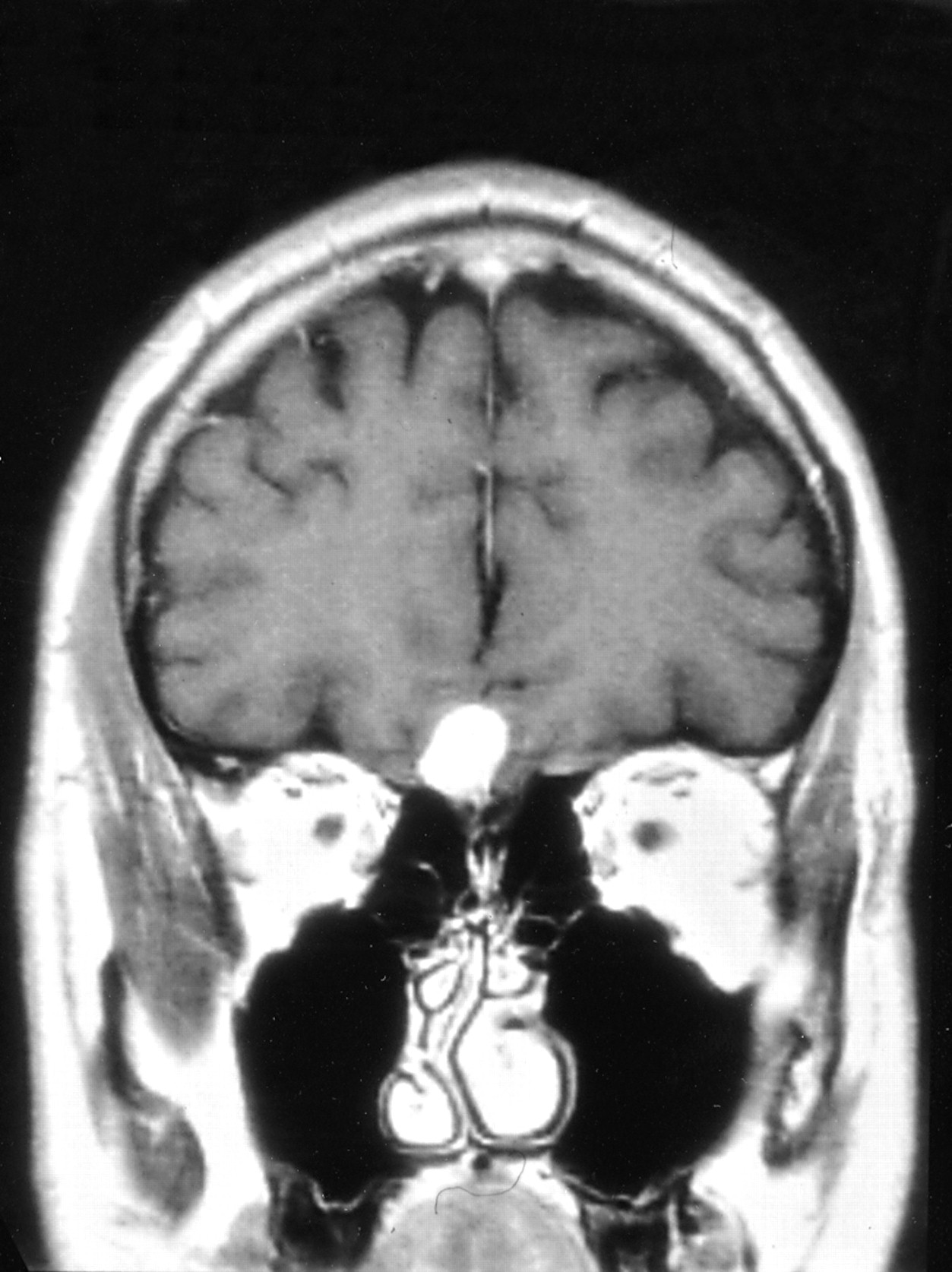








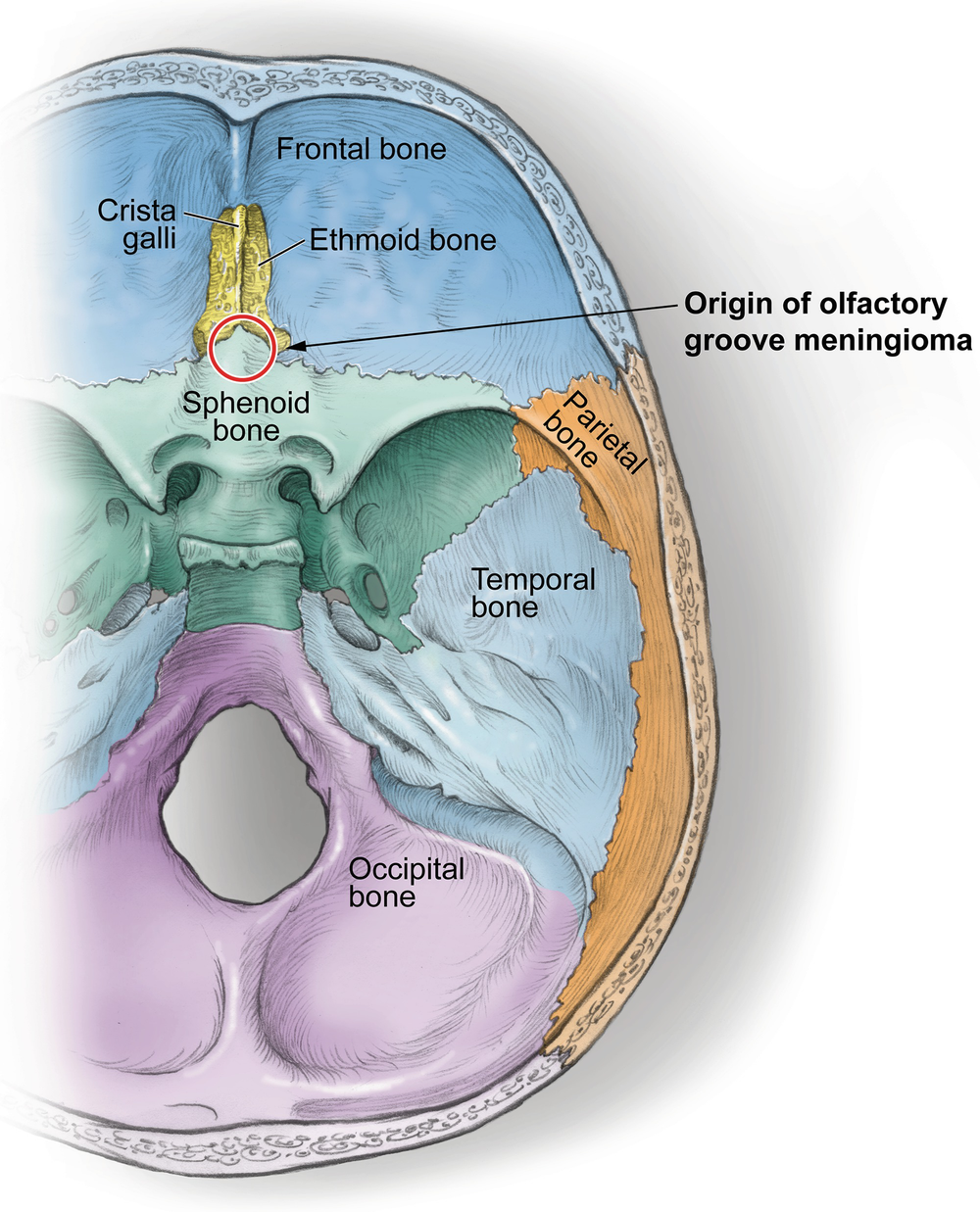


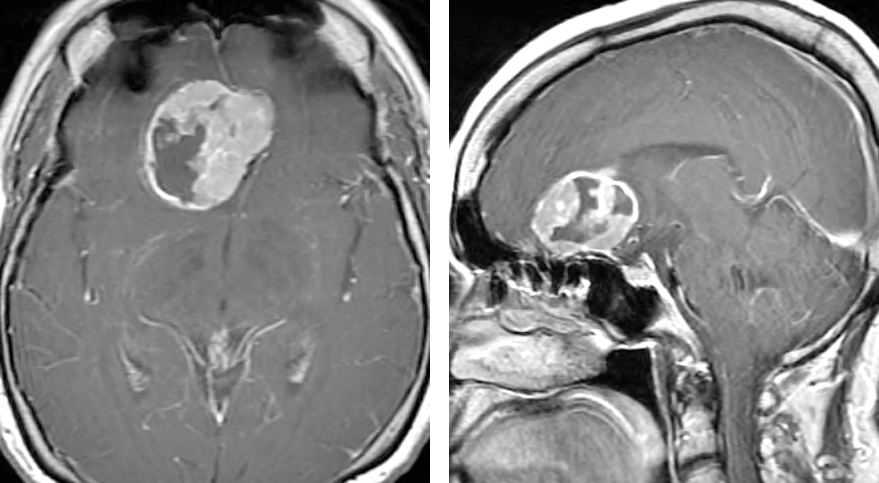
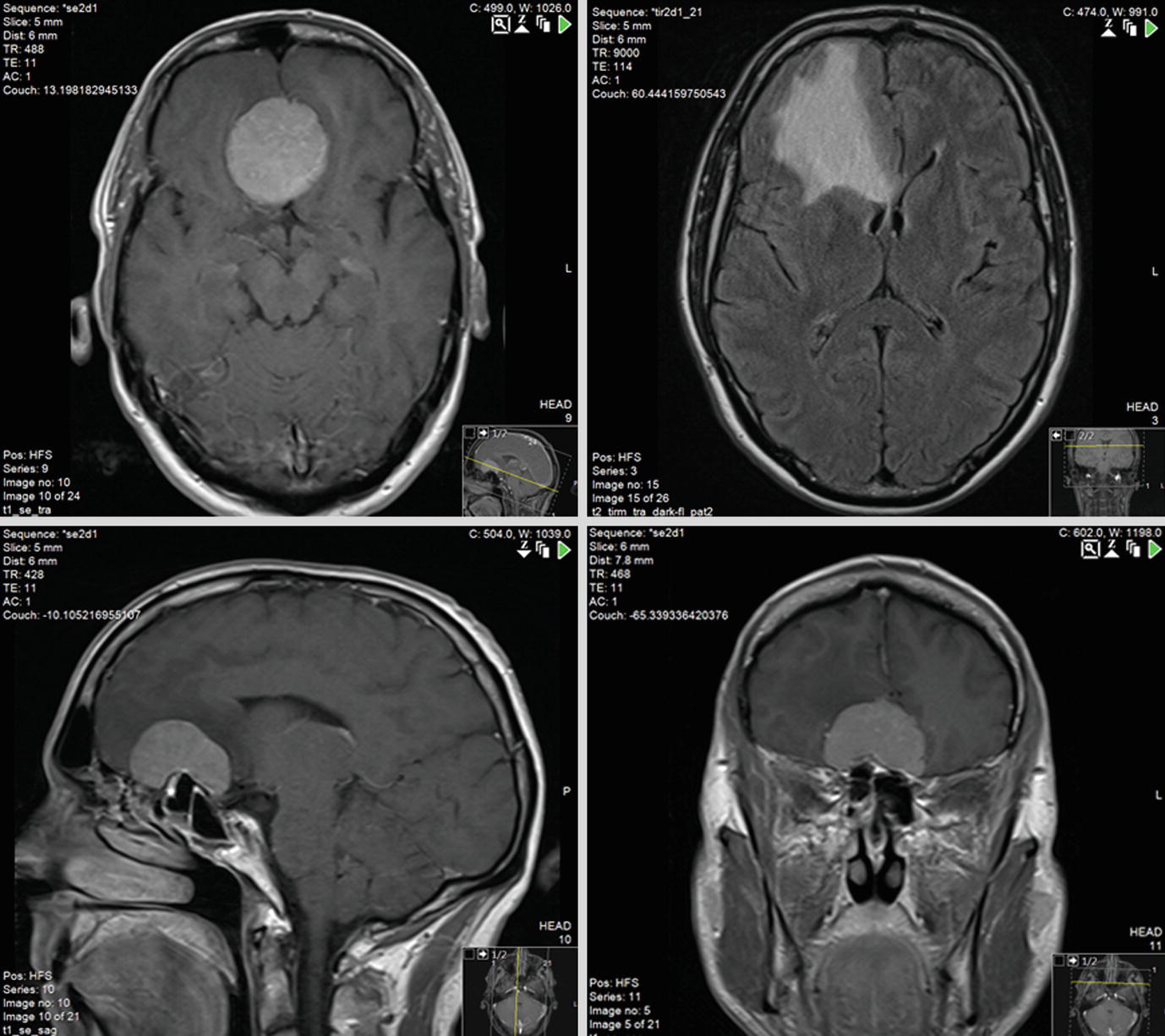


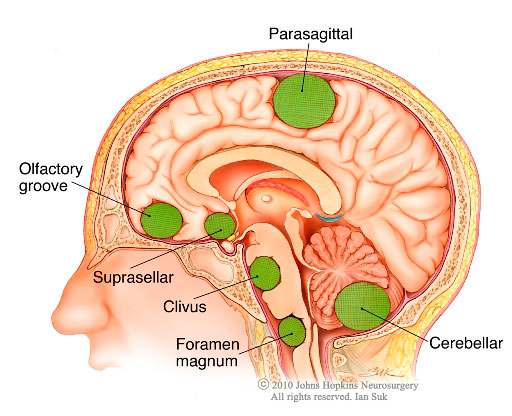
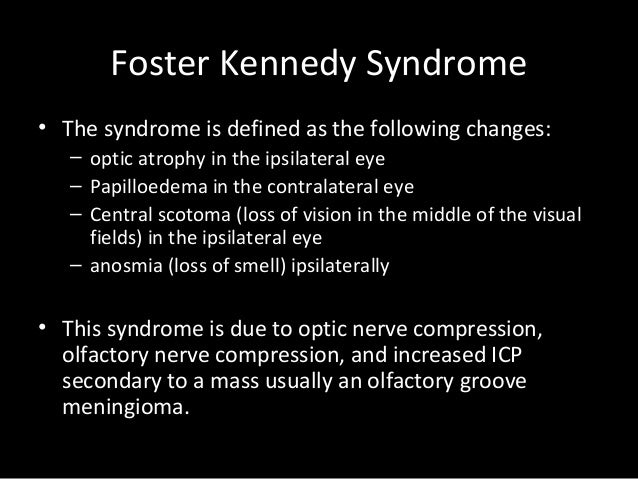

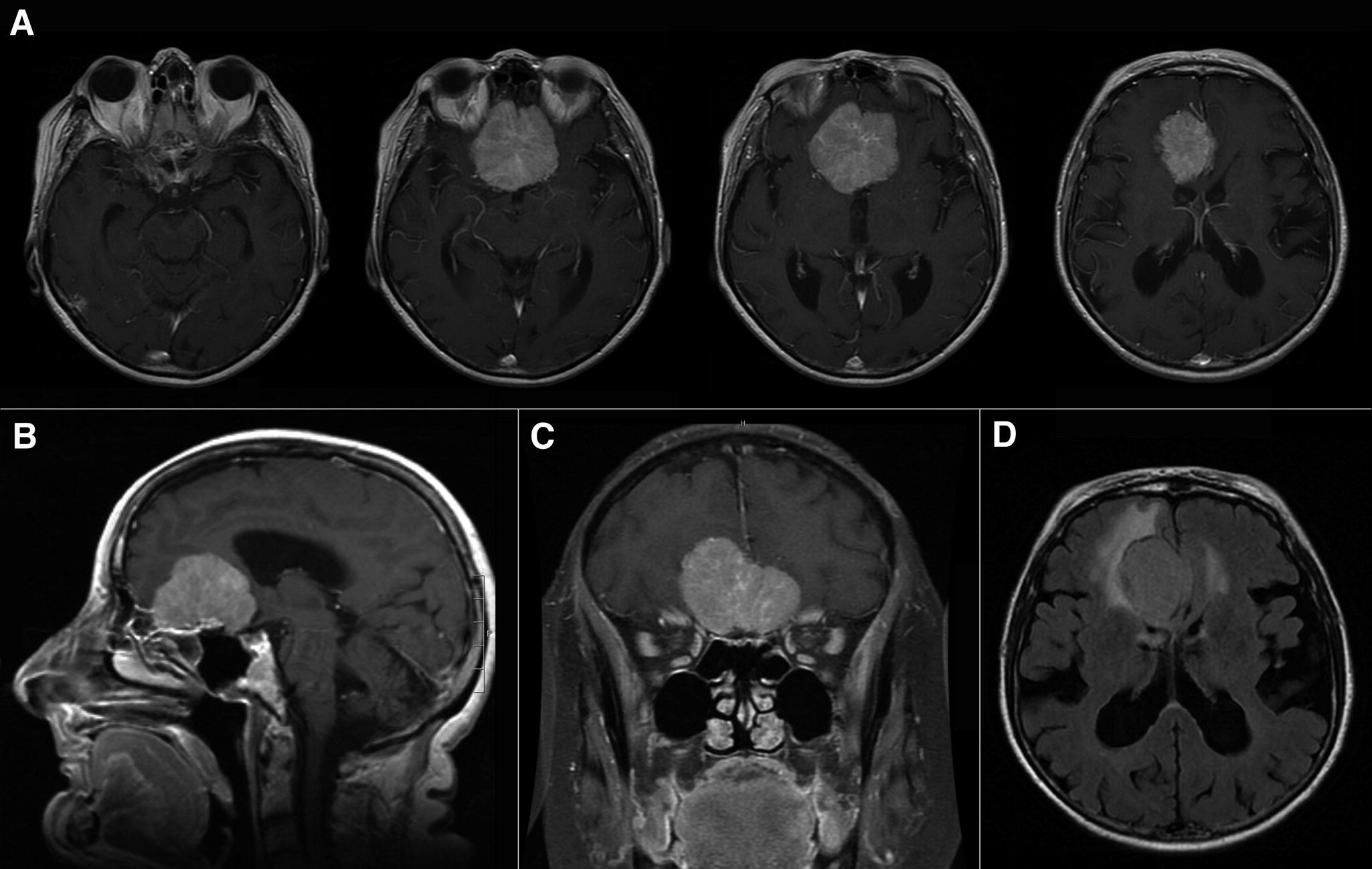
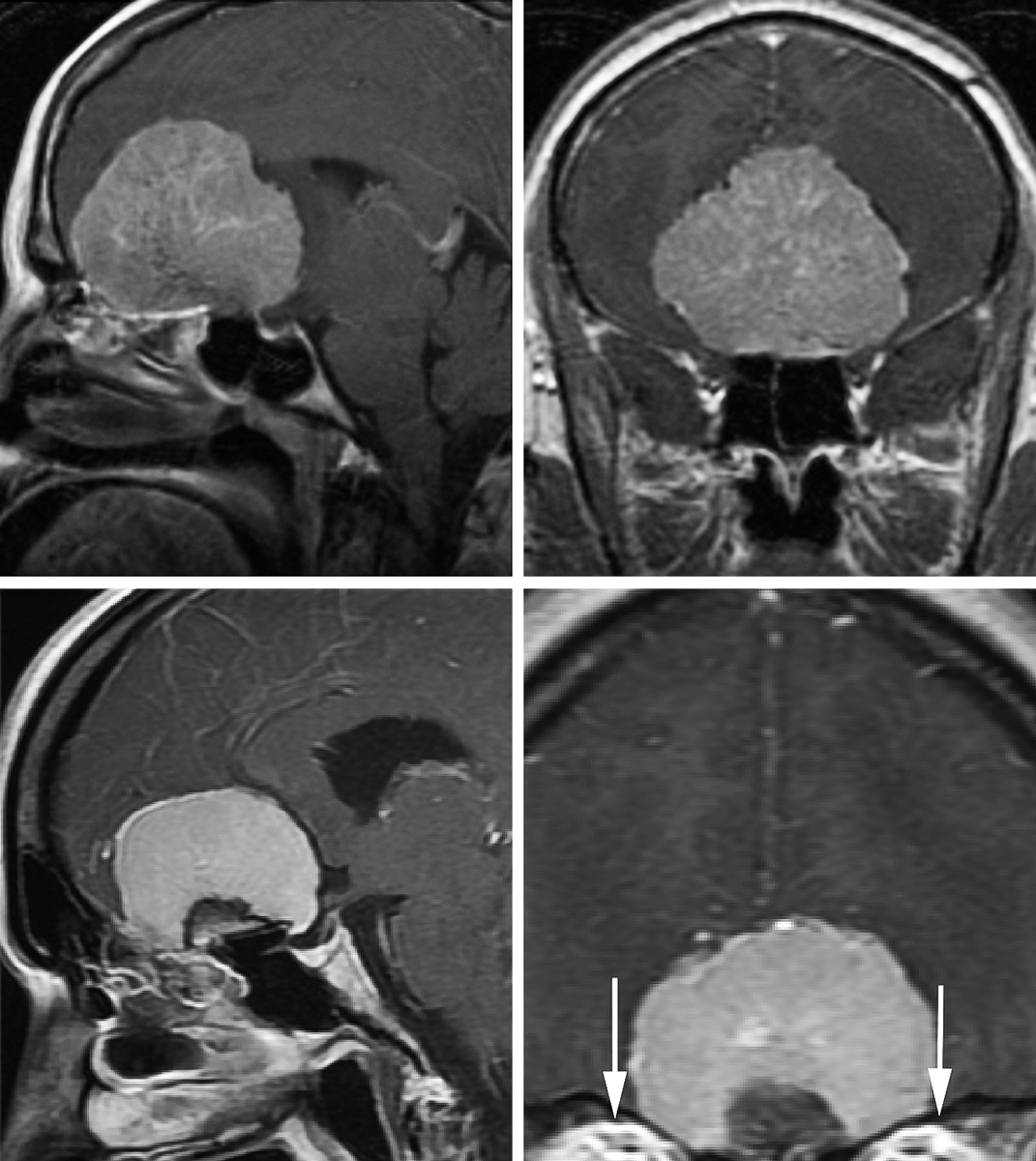


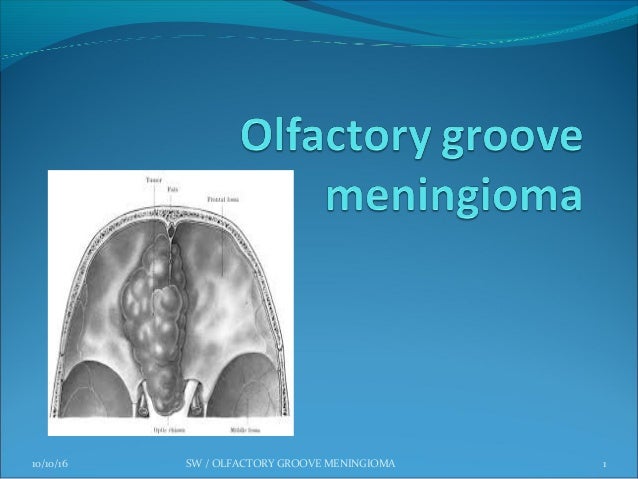


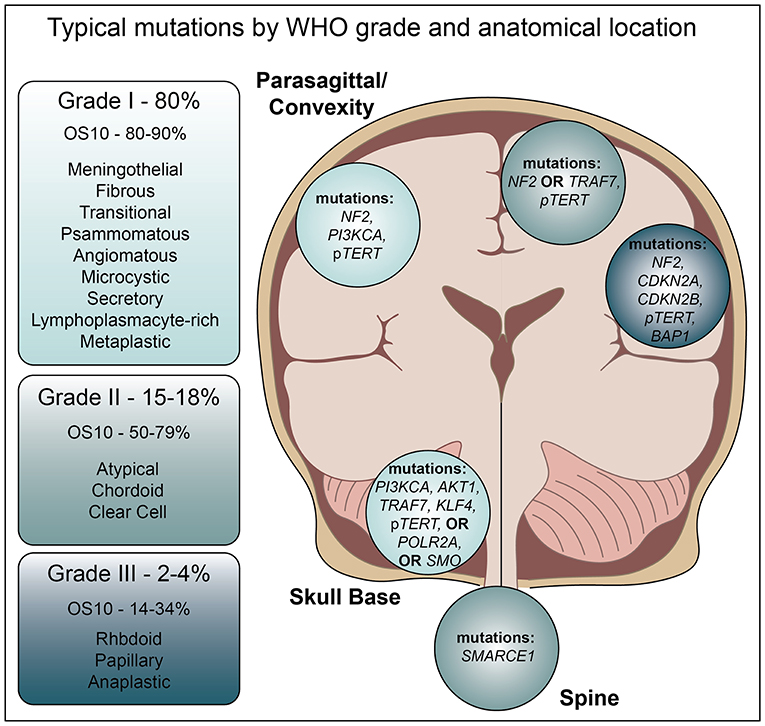





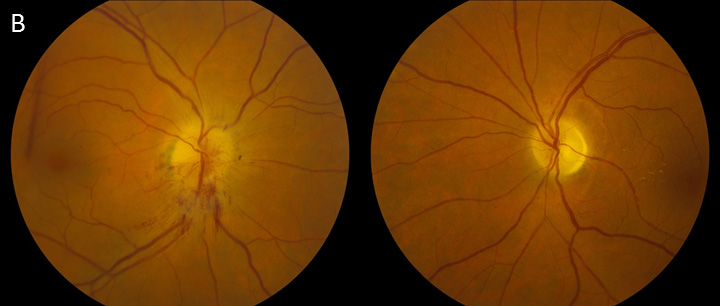




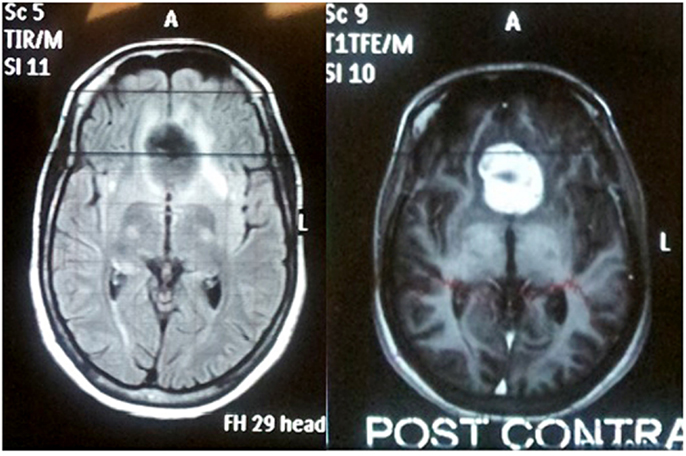


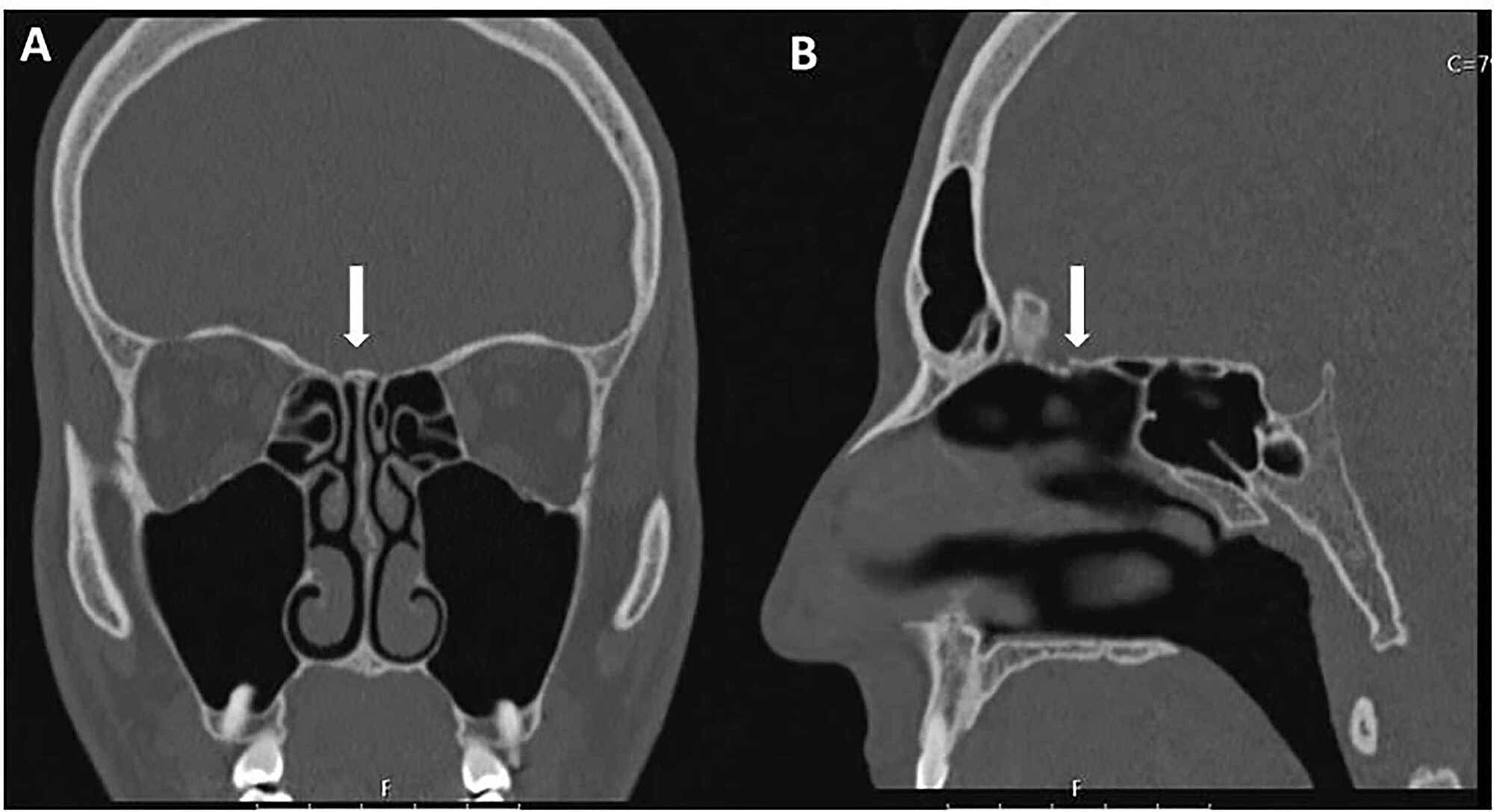
Post a Comment for "Olfactory Groove Meningioma Syndrome"